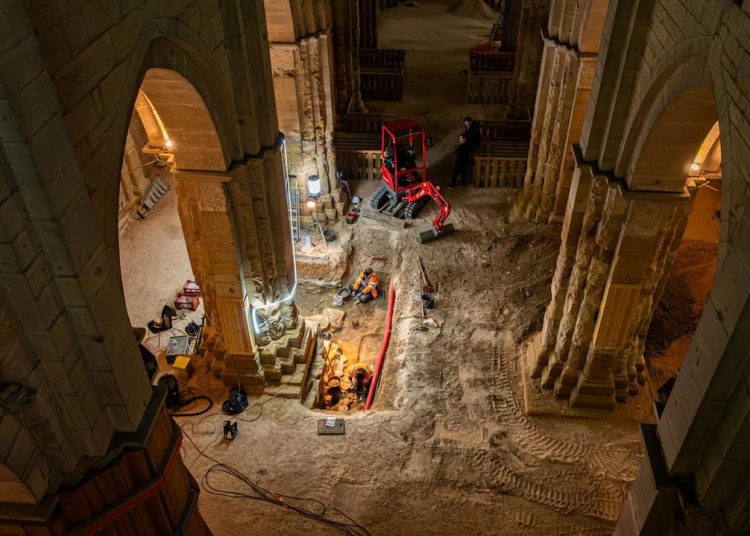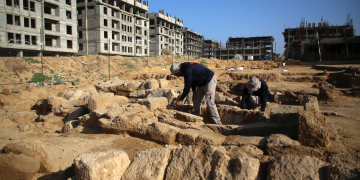Unearthing the Mysteries of Ancient Artifacts: A Journey Through Time
When we think of ancient artifacts, we often envision dusty relics from a bygone era, carefully preserved in museums for future generations to admire. These artifacts hold within them the secrets of civilizations long past, offering a glimpse into the lives and cultures of our ancestors. But how are these artifacts discovered, and what do they tell us about the past?
The Discovery of Ancient Artifacts
Unearthing ancient artifacts is a painstaking process that requires a combination of skill, expertise, and a bit of luck. Archaeologists and researchers often spend years excavating sites in search of these treasures, carefully sifting through layers of soil and debris to uncover pieces of the past.
Once an artifact is discovered, it must be carefully excavated and preserved to ensure its integrity is maintained. This process can be time-consuming and delicate, as many artifacts are fragile and easily damaged. However, the rewards of uncovering these ancient treasures are well worth the effort.
The Significance of Ancient Artifacts
Ancient artifacts provide valuable insights into the lives and cultures of ancient civilizations. They offer a tangible link to the past, allowing us to connect with our ancestors in a way that written records alone cannot provide. By studying these artifacts, researchers can learn about everything from daily life and social customs to religious beliefs and artistic practices.
Some artifacts are so well-preserved that they can reveal intricate details about the people who created them. For example, pottery shards can provide clues about the diet and cooking practices of a society, while jewelry can offer insights into their social hierarchy and economic status.
Common Questions About Ancient Artifacts
How are ancient artifacts dated?
There are several methods that archaeologists use to date ancient artifacts, including carbon dating, tree-ring dating, and thermoluminescence dating. These techniques allow researchers to determine the age of an artifact with a high degree of accuracy, helping to place it within a specific time period.
What happens to artifacts after they are excavated?
Once an artifact is excavated, it is carefully cleaned and preserved to prevent deterioration. Depending on the artifact, it may be displayed in a museum, stored in a research facility, or used for further study by researchers. In some cases, artifacts may be returned to the country of origin or the descendants of the people who created them.
Why are ancient artifacts important?
Ancient artifacts are important because they provide a tangible link to the past, allowing us to learn about the people who came before us and the societies they created. By studying these artifacts, we can gain a better understanding of our own history and culture, as well as the ways in which human civilization has evolved over time.
Conclusion
Unearthing the mysteries of ancient artifacts is a fascinating journey through time, offering us a window into the lives and cultures of our ancestors. These treasures provide valuable insights into the past, helping us to better understand the world in which we live today. By studying and preserving these artifacts, we can ensure that future generations will continue to learn from the lessons of the past.
As we continue to explore the wonders of ancient artifacts, we are reminded of the enduring power of human creativity and ingenuity. These relics serve as a testament to the resilience of the human spirit, and a reminder of the rich tapestry of history that connects us all.












